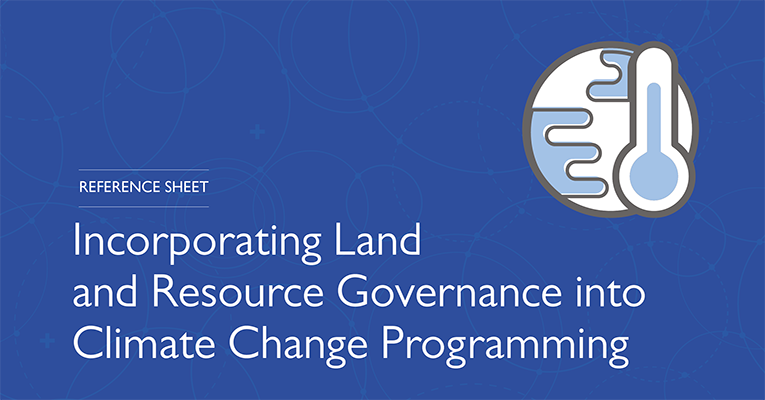Land and natural resources are discrete, finite, and fundamentally important assets. In developing countries, they constitute a substantial part of personal and national wealth. A country’s approach to land and resource governance (LRG) contributes significantly to its broader socioeconomic development. LRG is increasingly recognized as a foundational component of many key environment and sustainable development strategies, and effective LRG strategies at all scales can contribute to achieving positive human well-being and environmental outcomes (White House, 2021).
Strengthened LRG is a catalyst for sustainable economic growth. If well governed, land and natural resources are also fundamental for achieving many other development objectives, from conserving biodiversity and mitigating the impacts of climate change, to empowering women and bolstering civil society. If poorly managed, they can exacerbate environmental degradation and conservation crimes, and increase inequality, corruption, and conflict.
This reference sheet is part of a series of materials aimed at USAID Missions and other Operating Units interested in integrating LRG into their programming. Each reference sheet in this series briefly outlines existing evidence on the links between LRG and an adjacent development topic—in this case, climate change—and provides practical guidance for integrating LRG considerations across the Program Cycle.


